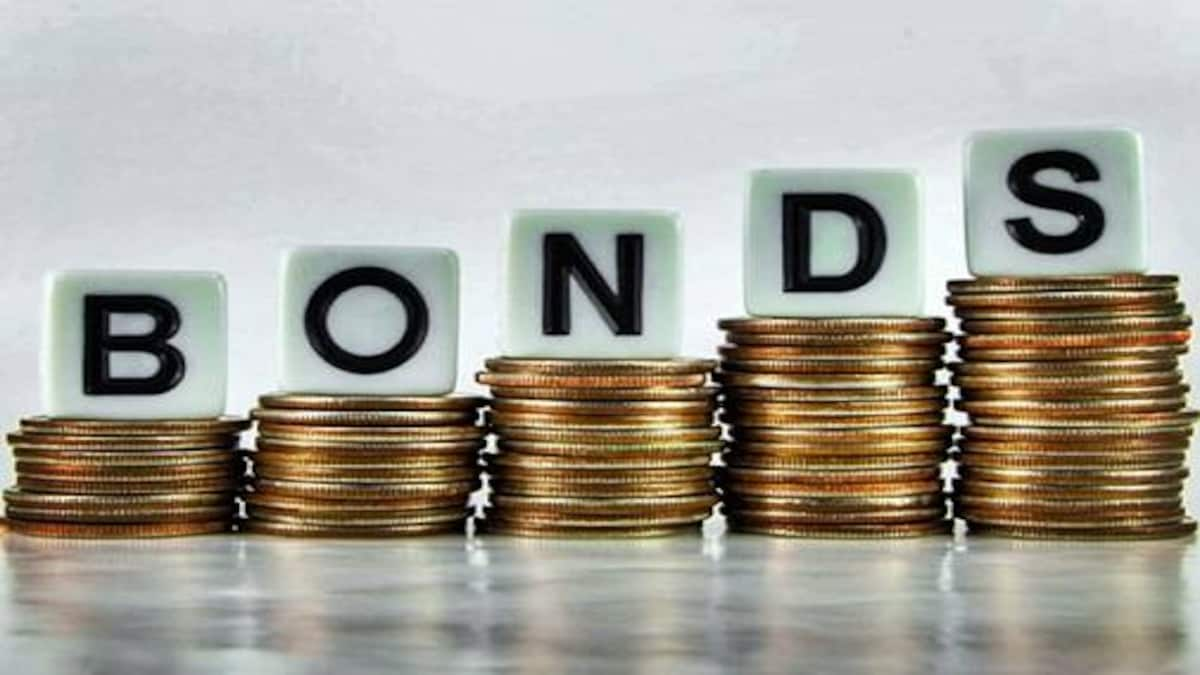It is possible that the benchmark U.S. bond yield will fall to 1%, and the views of HSBC veterans attract attention

Steven Major, the global head of HSBC Holdings' fixed income research department, has always been known for being long in bonds.
The HSBC veteran has been predicting that the benchmark U.S. bond yield may fall to 1% for months. Right now, his judgment seems extremely accurate. Analysts predict that the median yield of benchmark U.S. Treasury bonds is 1.8%, and more than a dozen analysts expect benchmark U.S. Treasury yields to be 2% or higher. Major said in a telephone interview:
"Our prediction of 1% is not to get people's attention, but we don't know where the 2% prediction comes from, which does not match our model."
The market is fascinated by the future of U.S. yields: Is the rise in inflation around the world temporary or permanent? How will the central bank respond to price pressures during the economic recovery phase?
For Major, the period when the economic recovery showed the most glaring signs may have passed, and the global epidemic has re-emerged, putting pressure on the economic outlook. Major said:
"I think we may see economic recovery and data lose momentum, confidence data may have peaked. News about the epidemic and its impact on growth is also very dense. This is the current topic."
This week, the continued spread of the new crown virus has put optimistic economic forecasts in doubt, and the market's worries about economic growth have significantly increased. Yields fell sharply. The benchmark 10-year U.S. Treasury yield was trading at around 1.14% on Tuesday, a cumulative drop of 63 basis points from the 14-month high in March.
Suddenly, 1% seemed no longer out of reach, and other analysts began to stand behind Major.
Major’s theoretical basis contains a theme that is particularly critical to his judgment. He said that given the government's debt swelling in the initial stage of the epidemic, it is difficult for the central bank to raise interest rates too high. And this has not taken into account long-term structural factors such as population and technology, which he believes will put pressure on inflation. Last week’s data reinforces this point, as the core inflation rate in the United States has risen the most since November 1991.
Major believes that even if the Fed raises interest rates in order to "stifle inflation in the cradle," the highest level of interest rates that may be raised may be lower than the current market pricing.







